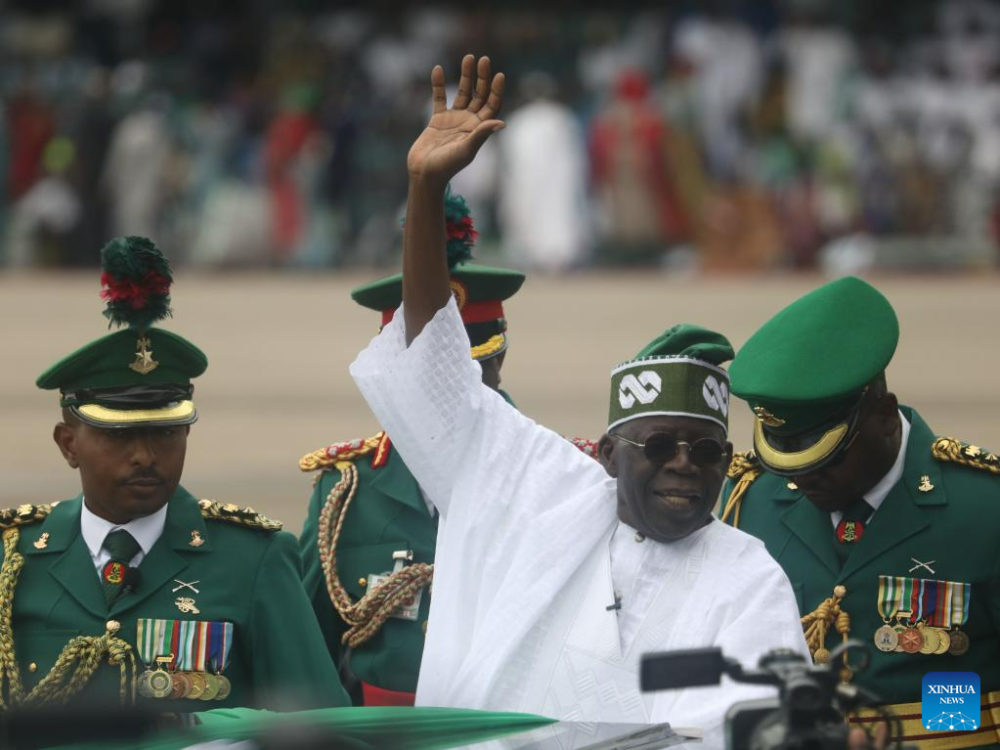In an unexpected move, President Donald Trump gathered reporters in the Oval Office to showcase a series of charts aimed at portraying the US economy as resilient, despite recent employment data raising alarms and his decision to dismiss Erika McEntarfer, head of the Bureau of Labour Statistics (BLS).
Accompanying the president was Stephen Moore, a conservative economist affiliated with the Heritage Foundation and co-author of Trumponomics. Moore presented data intended to bolster Trump’s economic record, while casting doubt on job growth figures during the final years of Joe Biden’s presidency. Trump supported Moore’s critique, suggesting that the BLS had deliberately overestimated job creation by as much as 1.5 million during that period, though he did not provide concrete proof to substantiate this claim.
Employment data revisions are common, particularly during turbulent economic times, and do not necessarily indicate manipulation. Still, Trump’s criticism reflects his determination to seize control of the economic narrative ahead of future political battles.
The current economic reality paints a more nuanced picture. While employers have added nearly 600,000 jobs in the first seven months of 2025, this figure represents a 44 percent decline compared to the same period last year. July’s employment report showed a sluggish increase of just 73,000 new jobs, accompanied by downward revisions of more than 250,000 jobs in May and June combined. These signs of weakening job growth follow a period of robust hiring under Biden, who oversaw two million jobs added in 2024 and 2.6 million in 2023.
Inflation continues to pressure American households. The Biden administration faced a surge in consumer prices reaching a four-decade high in mid-2022, fueling widespread financial strain and contributing to Trump’s electoral comeback in 2024. Under Trump’s current term, inflation appears to be picking up again, with Goldman Sachs forecasting a rise to 3 percent annual inflation for July, up from 2.3 percent in April. Tariffs introduced by Trump are cited as one factor driving these rising prices.
Moore also asserted that median household income, adjusted for inflation, has increased by more than $1,100 since Trump took office, relying on Census Bureau data not yet publicly released or independently verified. Trump described this growth as “incredible,” framing it as evidence of his administration’s success in improving Americans’ financial wellbeing.
Despite these optimistic claims, many economists warn that the US economy faces persistent challenges. Slowing job creation and mounting inflation could dampen growth and consumer confidence in the months ahead. How the administration navigates these headwinds will play a crucial role in shaping public perception and political fortunes.









